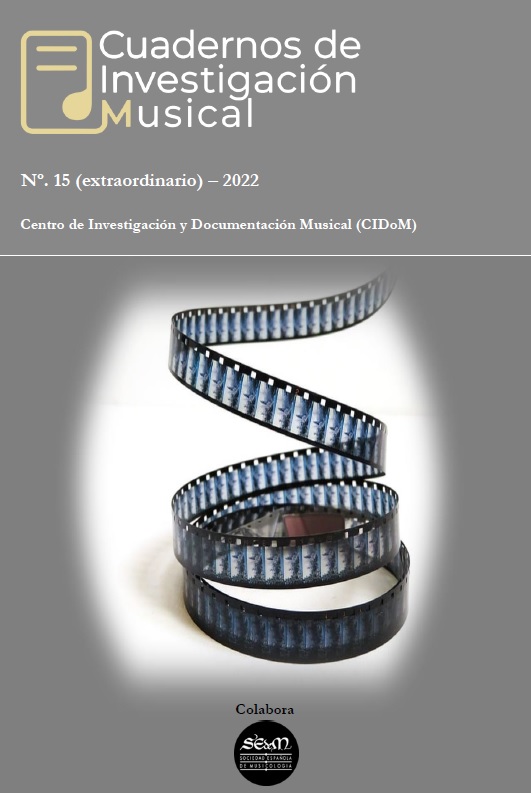Constructing Liveness Exploring the Artificial Presentation of Live Performance on YouTube.
Main Article Content
Abstract
Online video sharing platforms are situated amidst a culture of ‘vernacular creativity’, since YouTube’s 2005 launch as a place to ‘Broadcast Yourself’. With this social cachet of authenticity and liveness, as well as the addition of live streaming capabilities in recent years, the incorporation of audio staging and manipulation technologies into content production has blurred the transparency and intent of online performance. This paper suggests the concept of ‘constructed liveness’ to problematise the presentation of pre-recorded performance as live performance content on YouTube. This presentation of a pre-recorded and produced musical performance as an ‘unmediated’ live performance by way of language, visual set up and existing cultural assumptions, exists separately from music video research, as the aesthetic make up of such videos imitates the colloquial character of vlog culture rather than that of a produced music video. By examining the convergence of audio-visual signifiers in the context of blog culture, we can analyse how markers of liveness such as instruments and microphones suggest a demonstrable aim to portray live performance, and conversational speech help to construct the scenario as natural and genuine. When these visual markers of live performance are juxtaposed by the use of pre-recorded or post-produced sounds, the issues of transparency of production problematise the content’s reception. This paper will use audio-visual case studies to highlight particular aspects of content creation that problematise the concepts of authenticity and liveness online.
Article Details
Los autores de los artículos mantienen el copyright, no recibirán ninguna contraprestación económica por el trabajo y el mismo siempre será reconocido como exclusivamente suyo. La revista se compromete a proteger la integridad y originalidad del artículo, así como los derechos de autor que correspondan. Los autores son los únicos responsables del material, textos e imágenes que utilizan en sus respectivos trabajos, debiendo respetar siempre los derechos de autor de terceras personas, por lo que la revista no se hace responsable de lo contenido en este tema respecto al trabajo de los autores.
References
Burgess, J. (2006). Hearing Ordinary Voices: Cultural Studies, Vernacular Creativity and Digital Storytelling. Continuum, 20(2), pp. 201-214.
Burgess, J., and Green, J. (2018). YouTube: Online Video and Participatory Culture, 2nd edition. Cambridge: Polity Press.
Drozdova, A.V. (2019). On Power of Visual Images in the Era of New Media. Scientific conference of LAU. pp. 305-312.
Gittins, I. (2007) Top of the Pops: Mishaps, Miming and Music - True Adventures of TV’s No. 1 Pop Show. United Kingdom: BBC Books.
Guttman, S. E., Gilroy, L. A. and Blake, R. (2005). Hearing What the Eyes See: Auditory Encoding of Visual Temporal Sequences. Psychological Science, 16(3), pp. 228–235.
Maynard, C. [Conor Maynard]. (2017, February 6). Ed Sheeran - Shape Of You (SING OFF vs. The Vamps), Sing Off. [Video file]. Retrieved from https://www.youtube.com/watch?v=P4oSRlQqjf8
McGurk, H., Macdonald, J. (1976). Hearing lips and seeing voices. Nature, 264, pp. 746–748.
Mitchell, W. J. T. (1995). Picture Theory: Essays on Verbal and Visual Representation. United Kingdom: University of Chicago Press.
Strachan, R. (2017). Sonic Technologies: Popular Music, Digital Culture and the Creative Process. United Kingdom: Bloomsbury Publishing.
Wurtzler, S. (1992). She sang live, but the microphone was turned off: the live, the recorded, and the subject of representation. Altman, R. (Ed.) Sound Theory Sound Practice, (pp. 87-103). New York: Routledge.
